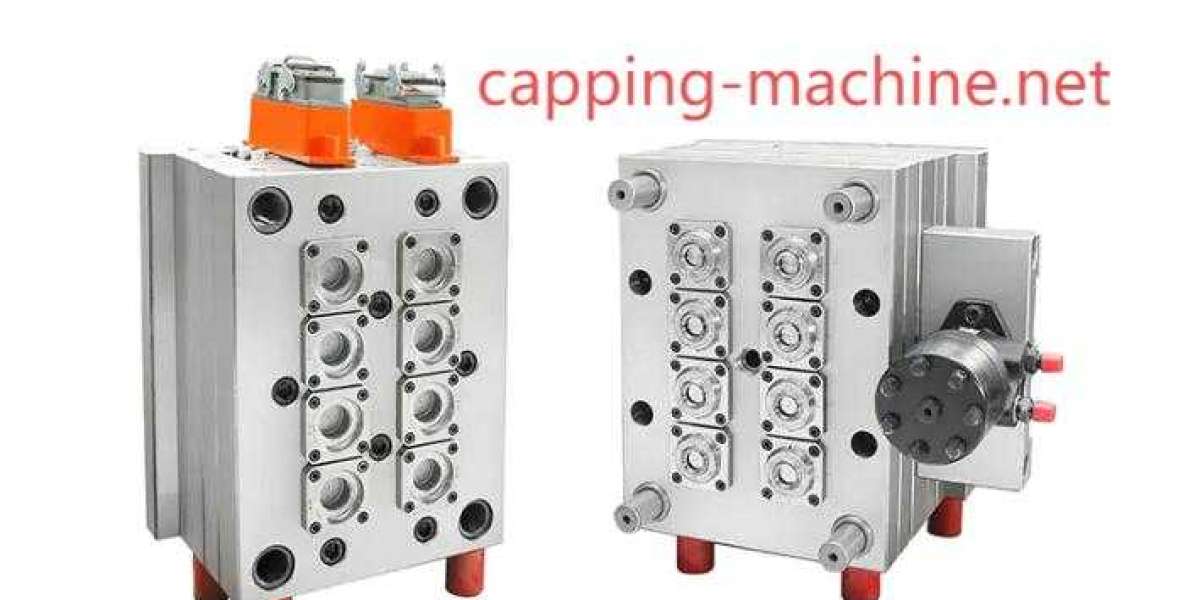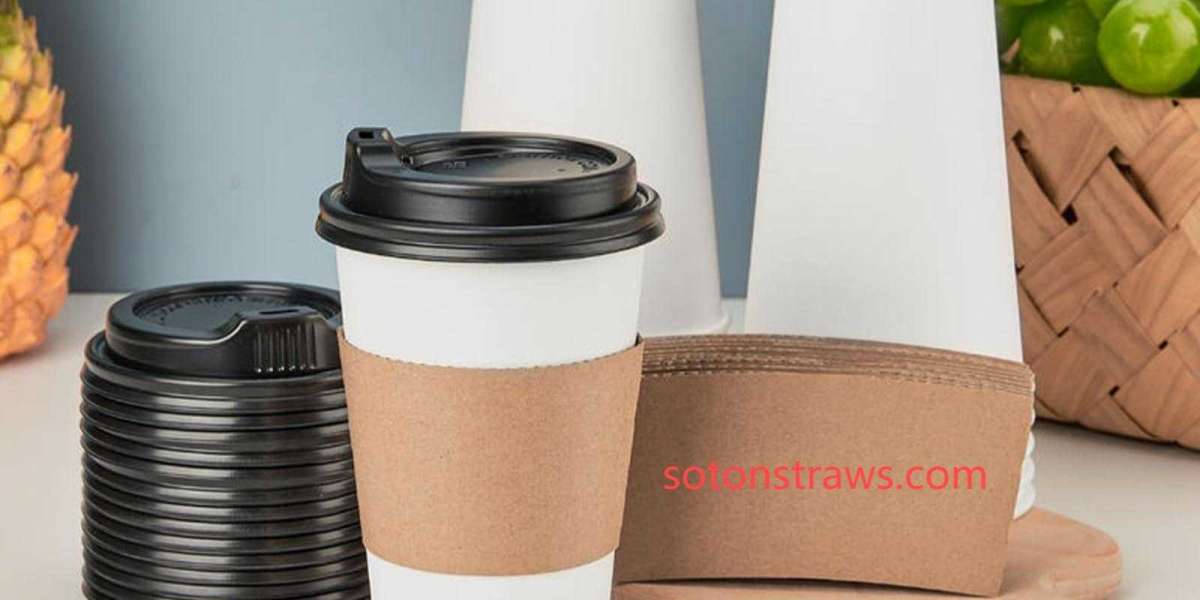In response to increasing consumer demand for precise, functional packaging, manufacturers are reassessing equipment capabilities—especially when weighing the Cap Compression Moulding Machine Price against long-term production benefits. As industries push for higher precision and sustainability, the cost of machinery is no longer viewed in isolation but within the broader context of value, adaptability, and lifecycle performance.
Retail trends today reflect a clear shift toward customized product design, including packaging. Brands now prefer caps that not only perform well but also reflect their identity. Whether it’s a textured grip, unique shape, or tamper-evident seal, such detailing requires equipment with high repeatability and tight tolerance control. This has led many production facilities to explore compression molding, where reliability and low scrap rates are critical advantages.
Cost structures in manufacturing are also evolving. Instead of relying solely on upfront equipment pricing, decision-makers are increasingly calculating energy consumption, maintenance frequency, and downtime risk. The Cap Compression Moulding Machine Price thus becomes part of a bigger equation—one where precision, uptime, and operating efficiency outweigh low entry cost. This thinking helps align capital investments with long-term business strategies.
Another key consideration in today’s market is environmental compliance. Government regulations and industry-led initiatives are encouraging companies to reduce plastic usage and adopt cleaner production methods. Compression molding supports this trend through optimized resin flow, fewer material losses, and minimal emissions. While these features influence price, they also make the equipment more aligned with sustainable manufacturing goals.
Industry-specific needs further shape equipment design. For example, in personal care products or pharmaceuticals, sealing performance and hygiene are top priorities. For beverage closures, tamper resistance and sealing integrity are essential. Compression molding machines offer uniform pressure distribution, which supports these requirements across multiple applications without compromising on speed or efficiency.
Modern systems also offer intuitive controls and smart monitoring. Operators can adjust parameters quickly or identify faults in real time, reducing waste and improving safety. This level of control contributes to output consistency—essential in industries where product variation can lead to brand damage or regulatory issues. Though initial investment may appear higher, smart technologies offer operational cost savings that quickly balance out pricing concerns.
A growing number of businesses also prioritize flexibility. Having one machine that accommodates different cap sizes or designs helps optimize plant layout and reduce spare part inventory. Advanced compression molding systems meet this demand with modular tooling, servo control, and digital tracking, all of which influence pricing but pay dividends in production versatility.
Packaging is no longer just a necessity; it’s a competitive edge. Machinery that supports quick design changes, accurate reproduction, and reduced lead times can directly enhance product-market fit. As manufacturers adapt to tighter timelines and more varied product lines, their reliance on stable and scalable molding equipment continues to grow.
Taizhou Chuangzhen Machinery Manufacturing responds to this market evolution with high-performance solutions tailored for today’s production needs. Their machines are developed with a focus on long-term utility, ease of use, and sustainable performance. To explore machine models and technical support, you can visit their official website at http://www.capping-machine.net/ .








